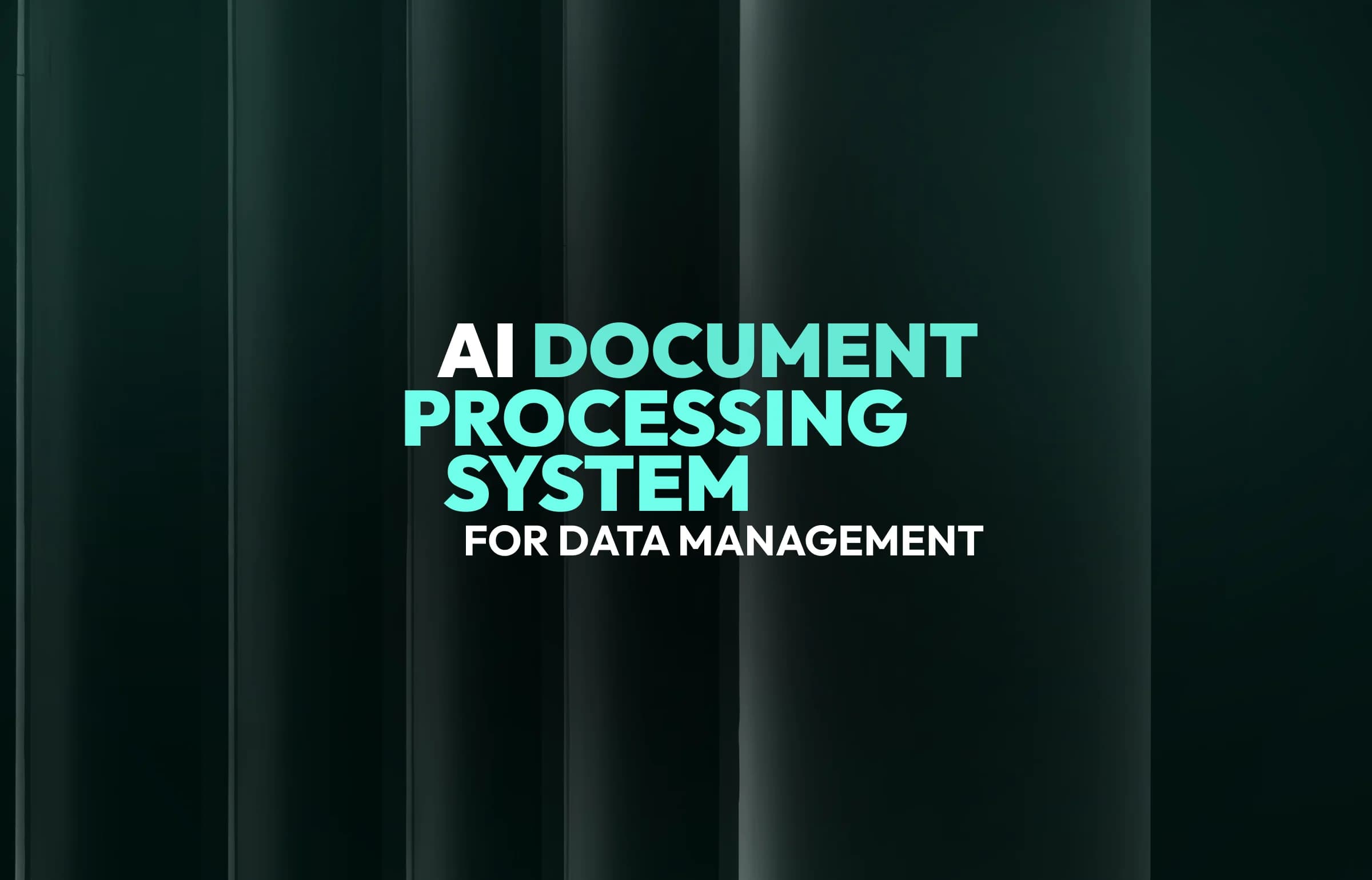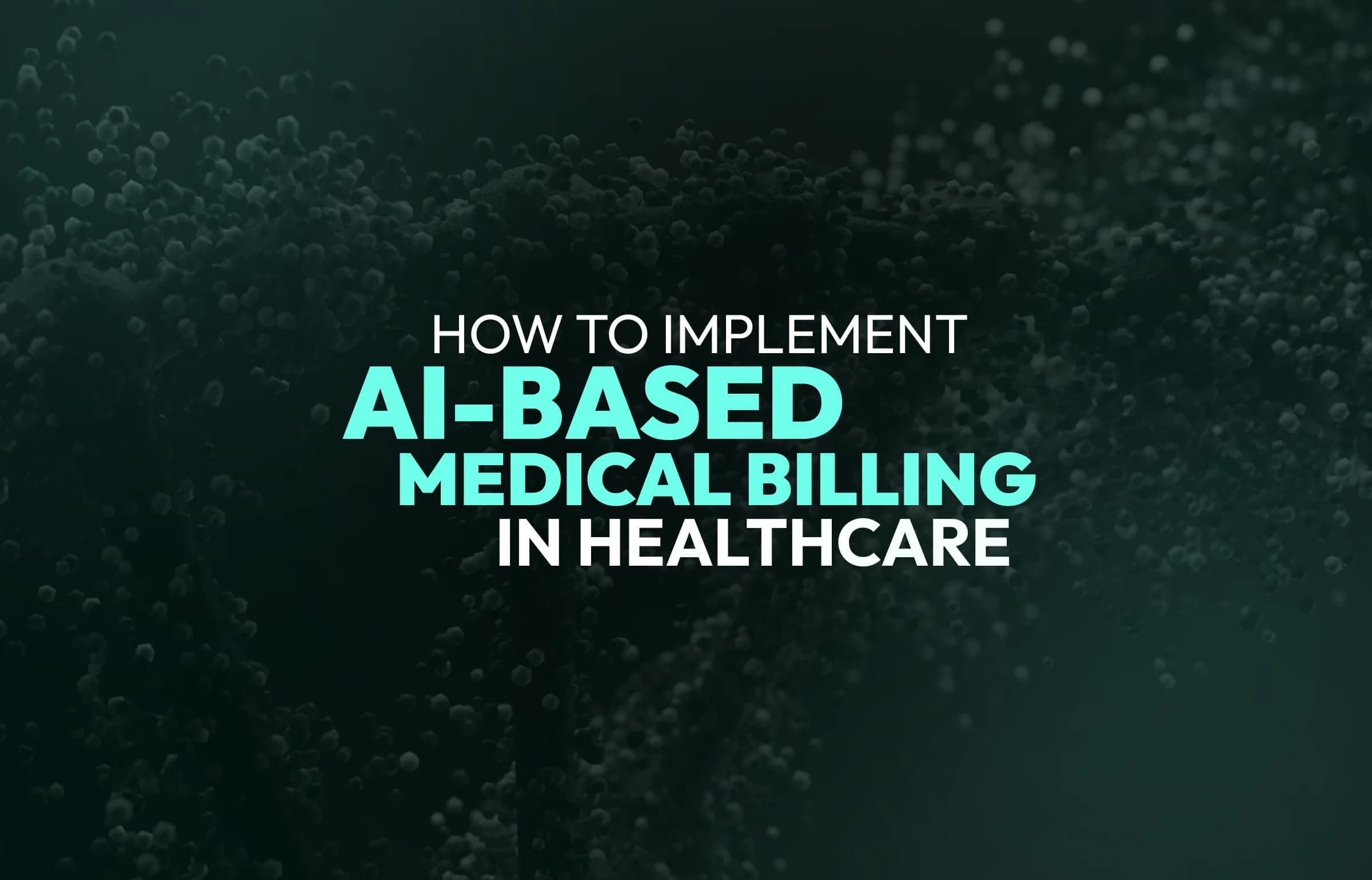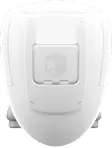
All Patient Management Software (PMS): Full Guide to Features and Benefits
Updated:April 28, 202510 min read
Constantly juggling appointment schedules, patient records, and billing processes? Find yourself wishing for a simpler way to keep everything organized? You’re not alone. Many healthcare professionals face similar struggles, and the frustration can often lead to burnout.
Intro
According to the Medscape Physician Burnout & Depression Report 2022, administrative tasks, such as charting and paperwork, are the No. 1 reason for burnout.
This is where Patient Management Software (PMS) comes into play – a powerful ally designed to ease the administrative burden and help you focus on your patients. Imagine that scheduling, billing, and record-keeping are seamlessly integrated into one user-friendly platform.
How much more efficient would you be? How much more time would you have to spend with your patients? In this guide, we’ll explore the features and benefits of PMS, showing you how it can transform your practice from chaotic to streamlined.
What is Patient Management Software?
Patient Management Software (often referred to as Patient Management System or Patient Care Management System) is a tool designed to speed up and enhance the way healthcare providers manage their daily operations.
Think of it as a central hub that organizes everything from appointment scheduling and patient records to billing and communication. It’s all about making life easier for healthcare professionals and improving the patient experience at the same time.
Some popular patient management system examples are Tebra, DocPulse, Clinicia, etc.

What Challenges Do Healthcare Professionals Encounter?
Healthcare professionals face a wide range of challenges in their daily routines.
One of the biggest issues is the sheer volume of paperwork and administrative tasks. From charting patient notes to managing billing and insurance claims, these responsibilities can quickly pile up.
When patients forget about their appointments, it creates a ripple effect that impacts everyone involved. For healthcare professionals, missed appointments translate to lost revenue and wasted time.
Another challenge is keeping up with the rapid pace of change in healthcare regulations and technologies. It can be tough to keep up with new policies and compliance requirements. This is especially true for smaller practices that usually don’t have enough resources for dedicated compliance teams.
Communication is another hurdle. Insufficient and often untrustworthy patient medical history documentation can complicate treatment decisions. When healthcare providers lack complete and accurate information, it can lead to misdiagnoses or inappropriate treatments.
Furthermore, the inability to easily exchange data between departments or locations adds to the challenge. When patient information is siloed, it hampers coordinated care and can result in fragmented treatment plans that ultimately affect patient health.
Types of Patient Management Software
When it comes to Patient Management Software, there are various types tailored to meet the unique needs of healthcare providers. Here’s a look at some of the most common types.

Appointment Scheduling Software
- Purpose: to manage patient appointments by enabling scheduling, cancellations, and rescheduling;
- Key benefits: reducing no-show rates through automated reminders, streamlining the appointment process for both patients and providers.
Electronic Health Records (EHR) Software
- Purpose: to create and manage comprehensive digital health records for patients;
- Key benefits: improving data accuracy and accessibility, enhancing communication among healthcare providers for coordinated patient care.
Medical Practice Management Software
- Purpose: to handle administrative tasks like billing, coding, and insurance claims processing;
- Key benefits: streamlining administrative workflows, allowing providers to focus more on patient care rather than paperwork.
Telehealth Software
- Purpose: to facilitate remote consultations between healthcare providers and patients;
- Key benefits: expanding access to care for patients who may have difficulty attending in-person appointments for various reasons.
Patient Coordination Software
- Purpose: to enhance communication between patients and healthcare providers through portals and messaging;
- Key benefits: empowering patients by providing easy access to their health information and fostering adherence to treatment plans.
Billing Software
- Purpose: to manage the financial aspects of patient care, including claims processing and payment tracking;
- Key benefits: automating billing processes, reducing errors, and improving cash flow for healthcare practices.
Specialty-Specific Software
- Purpose: to address the unique needs and workflows of specific healthcare fields (e.g., Patient Management Software for dentists).
- Key benefits: providing tailored solutions that ensure compliance and enhance efficiency within specialized practices.
Top Benefits of Using Patient Management Software
Managing a healthcare practice can be a whirlwind, right? Let’s look at two doctors, Dr. Smith and Dr. Jones, to see how PMS can transform the way they work.

#1 Efficient Workflow
Dr. Smith spends countless hours buried under a mountain of paperwork. Every day, he struggles to find patient records, manage schedules, and keep track of billing. His desk is cluttered with files, sticky notes, and charts, leaving him overwhelmed and stressed.
In contrast, Dr. Jones has embraced PMS. With everything stored in one centralized system, her workflow is streamlined. She can easily access patient information, schedule appointments, and even send reminders with just a few clicks.
#2 Enhanced Patient Communication
For Dr. Smith, keeping in touch with his patients is a challenge. He often misses calls or forgets to follow up, leaving patients feeling neglected and frustrated. This lack of communication creates tension and dissatisfaction, which is the last thing he wants.
Dr. Jones, however, uses her PMS to keep her patients in the loop. She sends appointment reminders, follow-up texts, and even health tips right from the software. Her patients appreciate the timely communication and feel like they’re truly part of their own care process.
#3 Improved Patient Experience
Dr. Smith’s patients often leave his office feeling rushed. With scheduling mix-ups and long wait times, they’re frustrated by the experience. Instead of feeling like they received personalized care, they often feel like just another appointment on the calendar.
Dr. Jones, on the other hand, has made patient experience a top priority with her PMS. With the ability to quickly access patient histories and streamline appointments, her office runs like a well-oiled machine. Patients leave her office feeling valued and heard.
#4 Better Data Management
For Dr. Smith, managing patient data is a constant source of anxiety. His records are all over the place, and he worries about the security of sensitive information. The thought of a misplaced file or a data breach keeps him up at night.
Dr. Jones enjoys peace of mind with her PMS. All patient records are securely stored, easy to retrieve, and compliant with regulations.
#5 Increased Revenue and Efficiency
Dr. Smith often finds himself losing money due to billing errors. Manual processes lead to mistakes and delayed payments, and that’s a headache he could do without.
With Dr. Jones PMS handling billing and insurance claims seamlessly, she minimizes errors and ensures timely payments. As a result, her practice sees a boost in revenue. Now, she can invest in better equipment or take that vacation she’s been dreaming about.
#6 Work-Life Balance
Dr. Smith is constantly working late, trying to catch up on paperwork and calls. His personal life takes a hit, and he’s burned out from the relentless grind.
In contrast, Dr. Jones has found her sweet spot. Thanks to the efficiency of her PMS, she wraps up her tasks during office hours and still has time for her hobbies and family.
In short, while Dr. Smith is overwhelmed and stressed, Dr. Jones thrives with the help of PMS. From streamlined workflows and better communication to improved patient experiences and financial efficiency, the benefits are clear. Which doctor would you rather be?
Patient Management Software Key Features
PMS is all about features that simplify your daily operations and enhance patient care. The key features of patient management software for doctors are as follows.

Appointment Scheduling
The appointment scheduling feature allows you to manage your calendar efficiently, letting patients book their visits online at their convenience. No more back-and-forth phone calls trying to find a time that works for both you and your patient.
You can set availability, block off time for emergencies, and even manage recurring appointments all in one place. Plus, if there’s ever a need to reschedule, you can do it with just a few clicks.
Patient Portal
This feature provides a secure platform where patients can access their health information, view lab results, and send messages to their doctor. It fosters better communication and encourages patients to take an active role in their healthcare.
Automated Reminders
Patients receive text or email reminders leading up to their appointments, significantly reducing no-shows. This feature helps keep your schedule full, minimizes wasted time, and shows your patients that you value their time, leading to a more efficient practice.
Medical Billing
A robust PMS automates billing processes, reducing mistakes and speeding up payment cycles. With direct integration into insurance companies, you can submit claims and track payments efficiently.
Revenue Cycle Management
A comprehensive PMS tracks each step of the revenue cycle, ensuring that you submit claims accurately and collect payments promptly. With improved visibility into your financial health, you can make informed decisions to optimize cash flow.
Reporting Tools
Reporting tools in PMS provide valuable insights into your practice’s performance. Generate reports on patient demographics, financial data, and operational efficiency with ease.
This data-driven approach empowers you to identify trends, make informed decisions, and implement strategies for improvement, enhancing the overall success of your practice.
Discover how we helped MedischeScholing modernize their educational platform and streamline their shift-booking system.
How to Build a Patient Management Software Application
Building a health care management software can be a rewarding endeavor with the right approach and tools. Here’s a straightforward guide to help you get started.
Step 1. Identify Your Goals
First things first, what do you want your PMS to achieve? Are you looking to streamline appointment scheduling, manage patient records, or improve communication? Sit down and list out the key features you want to include.
Step 2. Research Compliance Regulations
Familiarize yourself with HIPAA or other relevant data protection regulations in your region. Your software needs to ensure patient confidentiality and data security from day one. Remember that AI-powered solutions aren’t automatically HIPAA-compliant and require a great deal of work.
Step 3. Choose the Right Tech Stack
Choosing the wrong stack can lead to compatibility issues, making development harder and potentially causing delays and added costs. Additionally, outdated technologies might create security risks. Getting expert advice can help you avoid these pitfalls and ensure a smoother development process.
Step 4. Develop an Intuitive UI/UX
Your software should be easy to navigate for both healthcare providers and patients. Create wireframes and mockups to visualize the UX before diving into development. Ensure the design supports accessibility standards, making it user-friendly for people with varying technical abilities or disabilities.
Step 5. Implement Essential Patient Tracking Software Capabilities
Start by incorporating fundamental tracking features to manage patient records, appointments, and medical history. Gradually add more advanced tools, such as automated reminders and predictive analytics, to enhance efficiency. Focus on scalability to adapt as your user base grows.
Step 6. Test rigorously Before Launch
Conduct usability testing to ensure the application is easy to use and bug-free. Include real-world scenarios to identify potential issues. Beta testing with healthcare professionals provides invaluable feedback, allowing you to refine features for accuracy and reliability in a clinical environment.
Step 7. Launch
Once everything’s in place, it’s time to launch! However, avoid treating the launch as the endpoint. Actively gather feedback from users to address concerns and continuously improve. Highlight key features through training sessions or tutorials for a smooth transition.
Step 8. Plan for Ongoing Support and Maintenance
Regular updates not only fix bugs but also improve performance and security. Stay compliant with evolving regulations by implementing necessary changes. Maintain a dedicated support team to address user inquiries and enhance overall satisfaction with your software.
Custom Patient Management Software Development Cost
The cost of patient management software development can vary significantly based on complexity and features.
Here’s an approximate estimate based on the industry’s average and our experience:
- Small-scale solution ($200 — $500 monthly):
Ideal for practices looking for essential functionality. Features may include patient registration, basic appointment scheduling, and simple electronic health records (EHR).
- Medium-scale solution ($500 — $1,500 monthly):
Suitable for practices that need more robust features. This option could include advanced appointment management, patient communication tools, billing and invoicing, and secure EHR access.
- Large-scale solution ($1,500 — $5,000+ monthly):
Designed for larger facilities with specialized needs (e.g., management software for hospitals). This solution may encompass comprehensive patient management, telemedicine capabilities, customizable workflows, integration with third-party systems, and advanced reporting analytics.
Also, don’t forget about extra costs such as implementation fees, ongoing maintenance and support, data migration, staff training, and potential integration with existing systems. You’ll get a detailed estimate covering all timelines and costs with SapientPro’s experts.
Summary
A thoughtfully implemented PMS can reduce administrative burdens, allowing healthcare providers to focus more on patient outcomes. As you move forward, take the time to assess your needs and consult with professionals to ensure you make the best choice for your practice. Your investment in the right software can lead to lasting benefits for both you and your patients.
Ready to transform your healthcare practice with innovative SaaS development? Contact SapientPro today!



